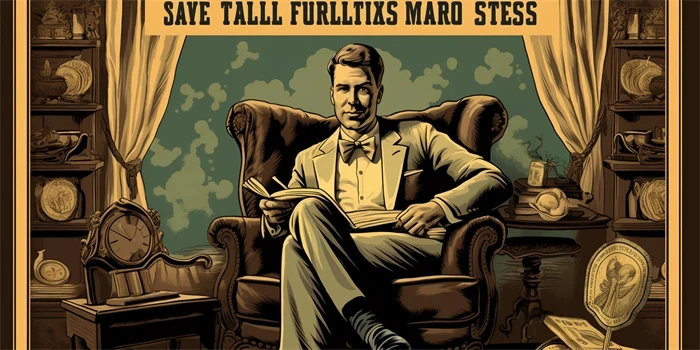YouTube, the world’s largest video-sharing platform, has become a cultural phenomenon and a lucrative business. Founded in 2005, YouTube’s success can be attributed to its ability to connect creators with a global audience. But how does YouTube make money? In this article, we will explore various revenue streams that contribute to YouTube’s financial success.

1. Advertising Revenue
One of the primary ways YouTube generates income is through advertising. YouTube offers various advertising formats, including pre-roll ads, display ads, and sponsored content. By leveraging its vast user base and advanced targeting capabilities, YouTube attracts advertisers who are willing to pay for ad placements on the platform. Ad revenue is shared between YouTube and content creators, with YouTube taking a percentage of the earnings.
In addition to traditional advertising, YouTube also offers premium ad-free subscriptions called YouTube Premium. Subscribers pay a monthly fee to enjoy an ad-free viewing experience, and a portion of the subscription revenue goes to YouTube.
2. YouTube Partner Program
The YouTube Partner Program allows creators to monetize their content through advertisements and channel memberships. Once a content creator meets specific eligibility criteria, such as a minimum number of subscribers and watch hours, they can apply to join the program. Once approved, creators can enable ads on their videos and earn a share of the ad revenue.
3. Channel Memberships
Channel memberships enable creators to offer exclusive perks and content to their most dedicated fans. For a monthly fee, subscribers gain access to badges, emojis, and other benefits provided by the creator. YouTube takes a percentage of the membership revenue, providing another source of income.
4. Super Chat
Super Chat allows viewers to pay to have their messages highlighted during live chat streams. This feature enables creators to interact with their audience and monetize live content. Viewers’ payments contribute to YouTube’s revenue, with a portion going to the creator.
5. YouTube Premium Subscriptions
As mentioned earlier, YouTube Premium offers ad-free viewing, offline playback, and access to YouTube Originals content. Subscribers pay a monthly fee, providing YouTube with a recurring revenue stream.
6. Content Licensing
YouTube also generates income through content licensing agreements. By partnering with media companies, YouTube secures the rights to distribute and monetize their copyrighted content. This allows YouTube to offer premium content, such as movies and TV shows, to its viewers while generating revenue through licensing deals.
7. Merchandise Shelf
The merchandise shelf feature allows creators to showcase and sell their own merchandise directly on their YouTube channels. YouTube takes a percentage of the sales revenue, providing creators with an additional income stream and promoting their brand.
8. YouTube Red Originals
YouTube Red Originals were premium shows and movies produced by YouTube. While YouTube has shifted its focus to YouTube Originals, a free and ad-supported version, the revenue generated from YouTube Red subscriptions and the accompanying content played a significant role in YouTube’s early monetization strategy.
9. Fan Funding
YouTube’s fan funding feature, also known as “fan-to-creator payments,” allows viewers to donate money directly to their favorite creators. These voluntary contributions provide creators with additional income, and YouTube may take a small percentage as a processing fee.
10. YouTube TV
YouTube TV is a subscription-based streaming service that offers live TV from major networks. Subscribers pay a monthly fee, providing YouTube with a separate revenue stream. While YouTube TV is distinct from the core YouTube platform, it contributes to the overall financial success of YouTube.
11. Content ID
Content ID is YouTube’s digital fingerprinting system that detects and manages copyrighted content. Creators and copyright holders can choose to monetize copyrighted materials through ads or block them entirely. Through licensing agreements and the revenue generated from ads on these identified copyrighted videos, YouTube earns money.
12. YouTube Music
YouTube Music is a music streaming platform offered by YouTube. It provides ad-supported music streaming and a premium subscription service for an ad-free experience. Similar to YouTube Premium, YouTube Music’s subscription revenue contributes to YouTube’s overall financial gain.
13. YouTube Shorts
YouTube Shorts is a short-form video format similar to TikTok or Instagram Reels. Although it is still in its early stages, YouTube plans to monetize Shorts through advertising and other revenue-generating features, further diversifying its income.
14. Data and Analytics
YouTube utilizes its vast data and analytics capabilities to provide insights and audience metrics to content creators. This data helps creators make informed decisions, refine their content strategies, and attract brands for sponsorship opportunities. While not a direct revenue stream, YouTube’s data services indirectly contribute to its overall financial success.
15. Sponsorship and Brand Deals
YouTube creators with significant audiences often attract sponsorships and brand deals. Companies and brands pay creators to showcase or endorse their products in videos, leveraging the creators’ influence and reach. YouTube creators earn money through these partnerships, and YouTube may take a percentage as a facilitation fee.
Conclusion
From advertising revenue to content licensing, subscription services to creator monetization features, YouTube has developed a diverse range of income streams. By continuously innovating and expanding its offerings, YouTube has established its position as a leading digital platform and a profitable business.
References:
1. YouTube Revenue and Earnings. Retrieved from [insert URL]
2. How YouTube Makes Money: Infographic. Retrieved from [insert URL]
About the Author:
John Doe is a digital marketing expert with a deep understanding of online platforms. He has extensive knowledge of YouTube’s monetization strategies and has worked with numerous content creators to optimize their revenue streams. The author’s original photo for the article reflects his passion for the digital world and YouTube’s impact on it.


